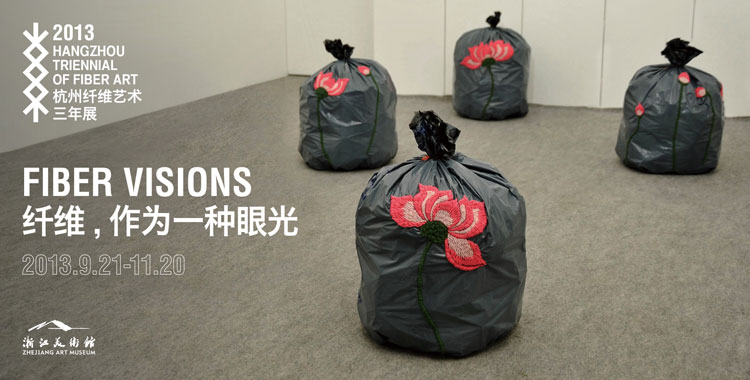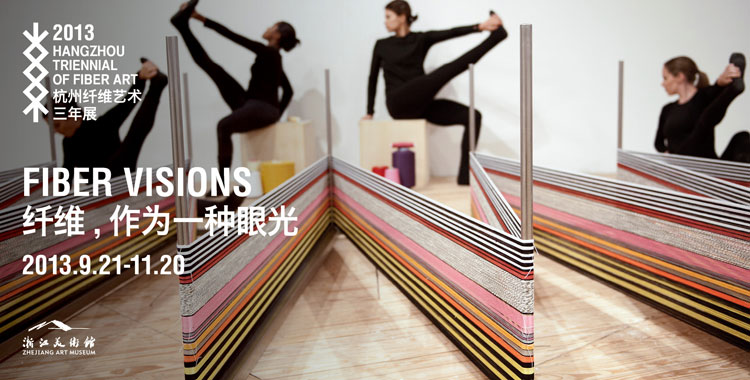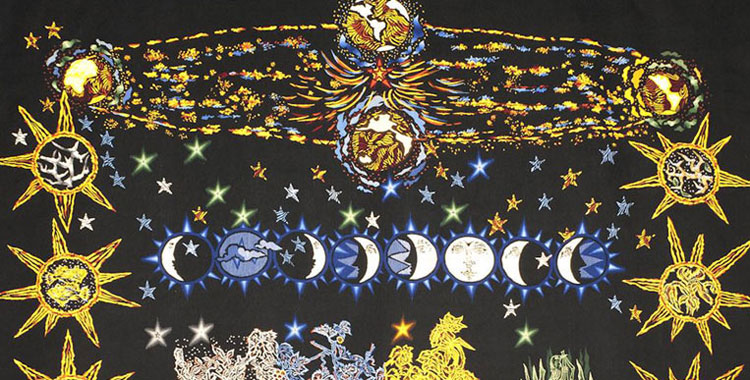Jagoda Buic
Jagoda Buic was born in 1930, Croatia. Buic studied painting and art history in Zagreb completing her studies in interior architecture and scenography, textiles and costume design.
1965 Sisal weavings are presented for the first time. at the 2nd Lausanne Biennial monumental
1966 Solo exhibition in the Fine Arts Gallery in Split, with its theme “Tapestry of Woven Time”, presenting 17 tapestries created over four years from 1962 – 1966.
1969 Lausanne Biennial and Gallery Alice Pauli together with Magdalena Abakanovicz
1970 Presented officially Yugoslavia on 35th Venice Biennial, exhibiting eight works, four in large format tapestries
1971 ROSC’71 in the Royal Dublin Society, Ireland. Entitled "La poesie de la vision
1972 First studio established for research into contemporary tapestry at the Cite Internacionale des Arts, Paris
1973 Participated in ‘October a Bordeaux’, Museum of Modern Arts
1975 Won the Grand Prix “Itamatary” at the Sao Paolo Biennial
1975 Solo exhibition at Museum of Modern Arts of the City of Paris.
During 1980’s works in Paris, Aix-en Provence, Dubrovnik, in Salzburg, Linz, Vienna, New York Lazareti, Washinghton DC for the American Federation of the Arts
1991 City of Angers Prize
2010 Retrospective exhibition in Zagreb Museum of Arts and Crafts
‘…At present moment, tapestry has, in my opinion an alternative: either to assert itself through its own structure, or to become an integral part of a given architectural setting. In the former case, considering that it has already freed itself from preconceptions and is no more the systematic transportation of a painting, tapestry has turned towards the imperatives of the materials, and the weaving process itself. Thanks to the Lausanne Biennales, we have been able to follow this development. Weaving, as such, allows infinite possibilities of interlacement / of thread / that remain to be exploited. This millennial experience is perfectly reflected in the creations of our own day, and there is no reason why it should stop…’
‘ On Tapestry’, 1966, Jagoda Buic, Alpine Fine Arts Collection (U.K.) Ltd., 1988.
The appearance of her vast structures and monuments in the round had been the sensation of next Biennials, later in Venice and then Sao Paulo. Buic’s use of cords, hemp and wool in her favorite black color paved the way for the creation of new signs clarifying the development in surfaces and space. She is the artist who, together with Magdalena Abakanovicz , in the seventies transformed textile art into the environment form.
Jagoda Buic tapestries have an architectonic character as can be seen in her works Widows, Polyptych, Clytemnestra, Sunshine, Structural triptych and Wounded doves. They can be positioned in a room so as to have the format of a wall with an effect like a fortress, for example Hommage a Pierre Pauli, Black volumes and Black foliation.
































